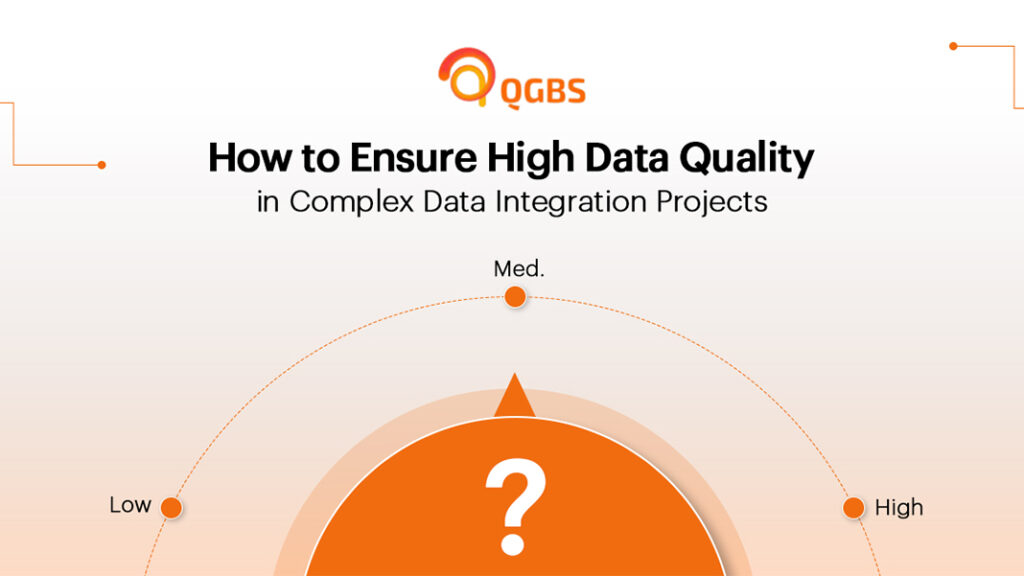
As per today’s advancement in technology, the success of almost all organizational solutions relies heavily on the quality of its data which they either keep for their reference or offer to the clients. So, to make that possible conveniently it is important to ensure that data is of high quality. But, people do have less idea that by following which data integration best practices this would become possible.
To let them know about those helpful insights related to data integration projects information, we are here with this blog. Through this, everyone will get to know how they can ensure high data quality in complex projects.
Let’s dig in to know about those steps & secure the organization from poor data quality that may lead to business failure.
Table of Contents
To start the whole process it’s important to dive in & learn about the technical aspects because what “high-quality content” for the project is necessary to be known by everyone. So, for that people should follow a few steps & be sure about how technological solutions will be best for them:
By following these metrics people would be able to make the first step of their data work go smoothly without getting into any kind of trouble.
Well, this is the process that helps in examining the data through various resources & making it appropriate through data integration tools to be understandable for everyone in matters of structure, content, as well as quality. To make it more convenient do take the help of below steps like:
These essential tools help in automating the process & make it more presentable as well as understandable for everyone.
Now, as with other things, there is an important need to standardize the data formats & make the integration challenging. This option helps to make the consistency better by following the steps like:
This whole performance results in reducing the errors during integration & makes it easy to validate data quality.
Once the data is prepared as per the standard formats people should implement the robust cleansing process so that the organization would be able to get success. This also involves following a few activities including:
The process results in facilitating the data cleansing, which will offer success to the organization or business.
As, the data is cleaned now people should see for the thing that there is any need to transform the data or not. And if there is, then they should convert data from its original format. And after considering that should change that to the targeted format to ensure suitable integration & make the data have the best as well as the high quality.
Now, to make the process go smoothly & let the data become of the best as well as the high quality should do a continuous monitoring process. This way everyone will be able to quickly detect the issues & rectify them on time to ensure the better reliability of the integrated data.
These are the few steps by taking help through which organizations can deal with data quality challenges conveniently & make data integration projects successful. So, if you still have any queries or want to know more in detail then don’t hesitate to find us on Google & get in touch with us for the best assistance & assured solutions.